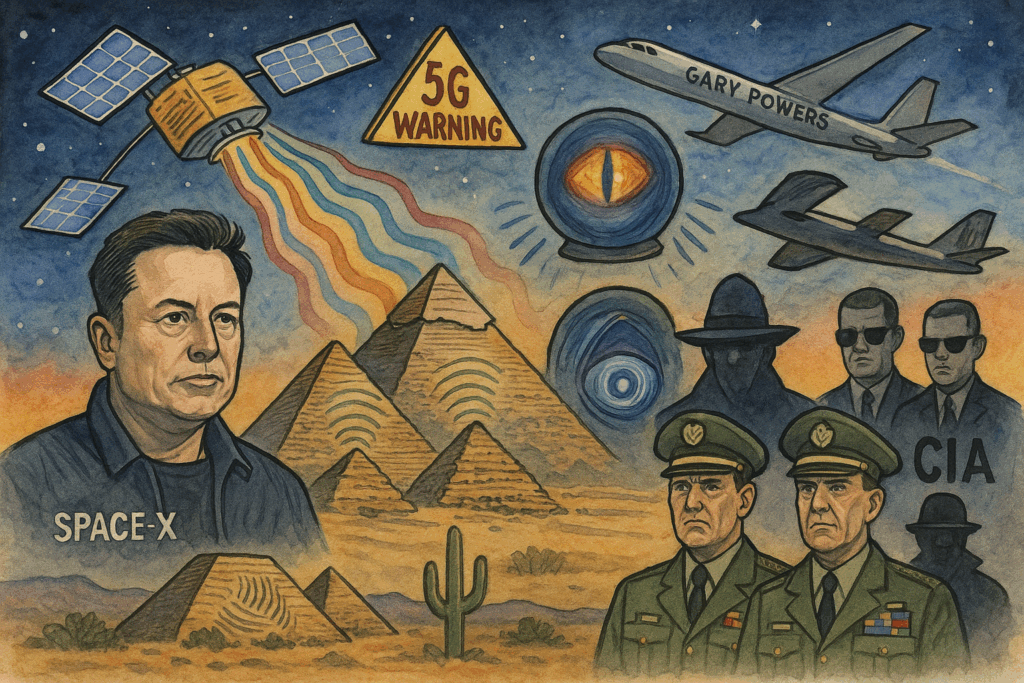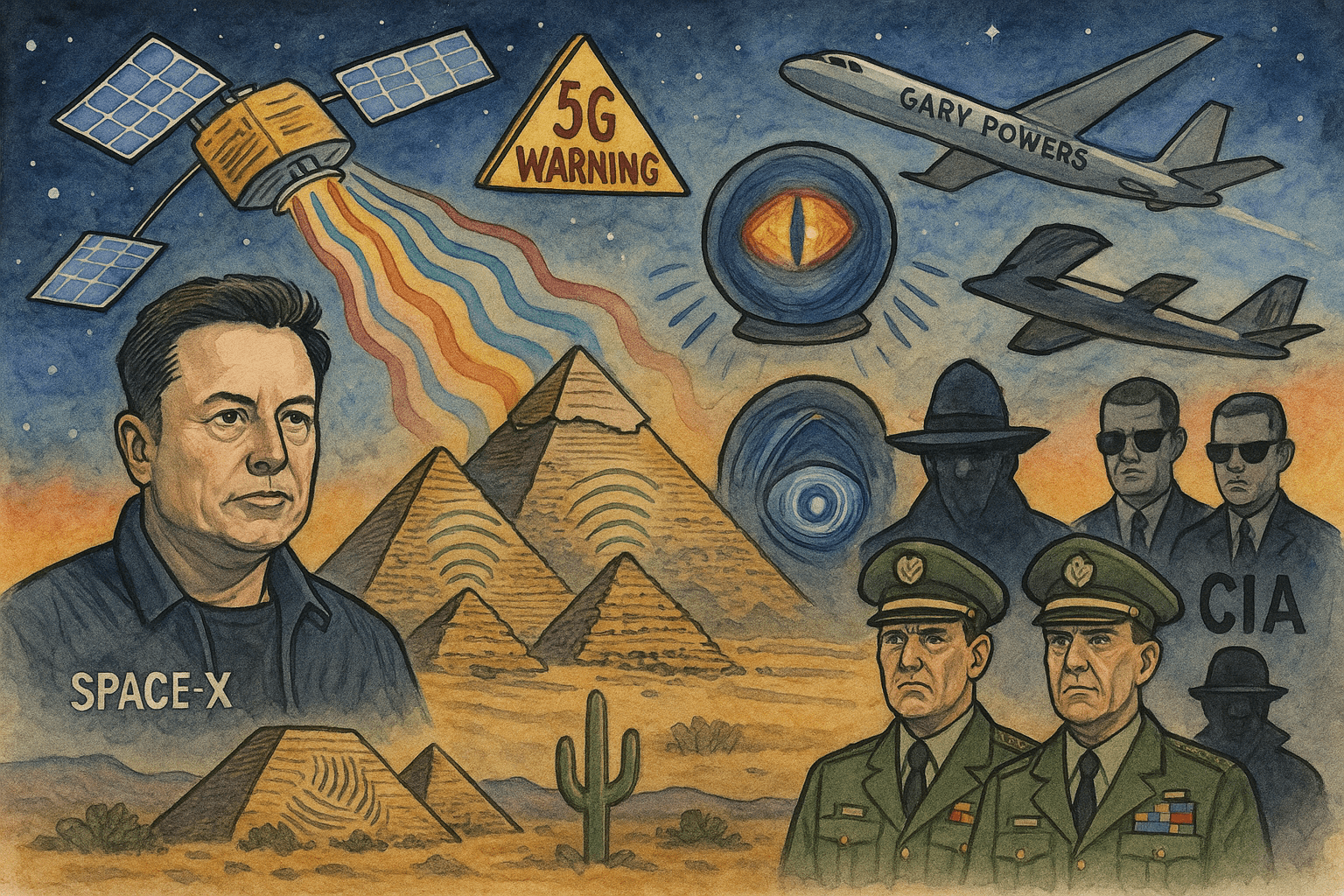Toxic SAR Synthetic Aperture RADAR
Synthetic Aperture Radar (SAR) is a form of radar used to create high-resolution images of landscapes, structures, or moving targets, typically from airborne or spaceborne platforms. It synthesizes a large antenna aperture by moving a small physical antenna along a flight path and processing the return signals over time.
BASIC PRINCIPLE:
SAR exploits Doppler shifts and coherent signal processing to simulate a large antenna aperture. Instead of relying on a physically large radar dish (which is impractical on aircraft or satellites), SAR takes multiple radar echoes along the platform’s path and uses them computationally to simulate what a very large antenna would have received.
It maps surface reflectivity by emitting microwave pulses and recording the phase and amplitude of the returned signal. The time delay gives range, and phase differences from successive pulses provide azimuth resolution.
FREQUENCY BANDS USED:
SAR systems typically operate in the microwave range of the electromagnetic spectrum. Common frequency bands include:
| Band | Frequency (GHz) | Wavelength (cm) | Common Uses |
|---|---|---|---|
| X-band | 8–12 GHz | 2.5–3.75 cm | High-res mapping, military |
| C-band | 4–8 GHz | 3.75–7.5 cm | Environmental monitoring (e.g. Sentinel-1) |
| L-band | 1–2 GHz | 15–30 cm | Penetrates vegetation/soil better |
| S-band | 2–4 GHz | 7.5–15 cm | Moderate resolution, good for storm/cloud studies |
| Ku-band | 12–18 GHz | 1.67–2.5 cm | Fine surface details, short-range applications |
| Ka-band | 26.5–40 GHz | 0.75–1.13 cm | Experimental, weather-sensitive |
Each band has different penetration, resolution, and scattering characteristics:
- L-band is better for forest or subsurface studies.
- X-band gives high surface detail but is sensitive to vegetation and moisture.
POWER LEVELS:
Transmit power depends on:
- Platform (satellite, aircraft, UAV)
- Mission (military, civilian, environmental)
- Antenna gain and system noise floor
Typical peak transmit power ranges:
- Airborne SAR: 1–10 kW (peak), often pulsed
- Spaceborne SAR (e.g. RADARSAT, Sentinel-1): 1–5 kW peak (average power lower due to pulsed nature)
- Small UAV SAR systems: 10–100 W
Average power is usually far less than peak because of the low duty cycle (short bursts with long listen times).
KEY FEATURES:
- All-weather imaging: SAR works through clouds, smoke, and darkness.
- Interferometry (InSAR): Measures terrain deformation and elevation changes with millimeter accuracy.
- Change detection: SAR can detect land use changes, urban growth, or structural shifts.
APPLICATIONS:
- Earth observation (e.g. topography, glaciers, deforestation)
- Military reconnaissance and surveillance
- Disaster response (e.g. earthquake/flood damage mapping)
- Agriculture and soil moisture studies
- Infrastructure monitoring (e.g. pipelines, railroads, buildings)

